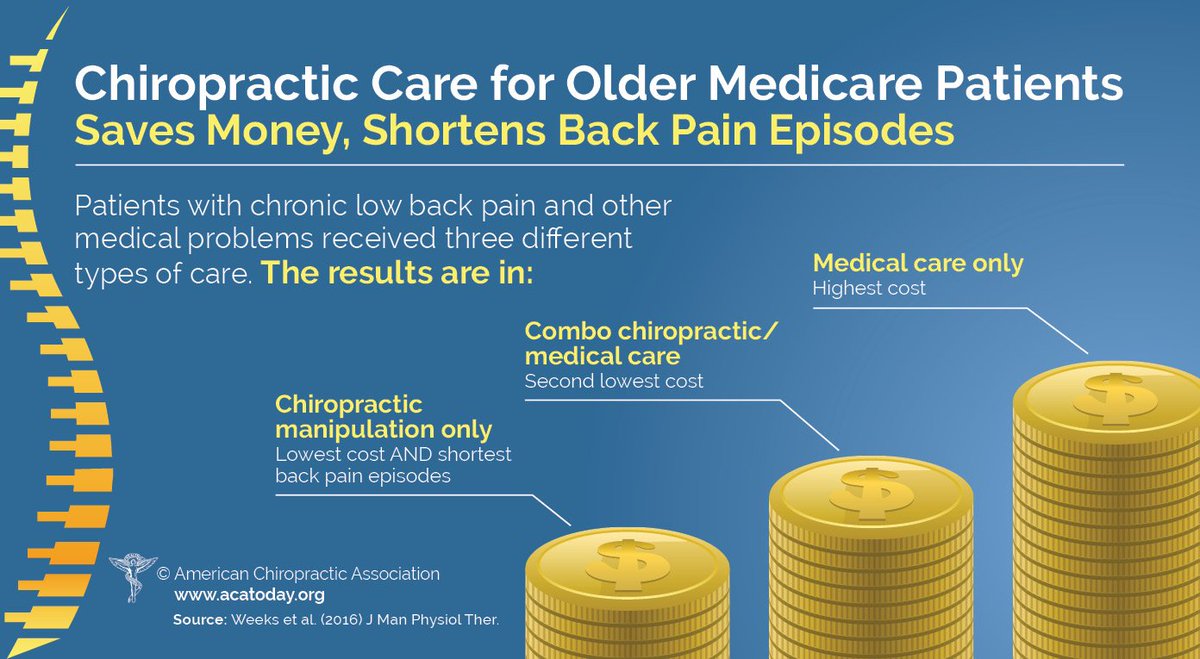Prepare Yourself To Discover The Remarkable Mobile Interactions Of Cold Laser Therapy And Its Usage Of Light For The Function Of Healing. Delve Better Into The Realm Of Science!
Prepare Yourself To Discover The Remarkable Mobile Interactions Of Cold Laser Therapy And Its Usage Of Light For The Function Of Healing. Delve Better Into The Realm Of Science!
Blog Article
Content Composed By-Benson Hanna
You may have become aware of cold laser treatment as an appealing treatment option for various problems, yet have you ever before wondered just how it in fact works on a cellular level? Recognizing the systems behind this therapy can clarify its performance in advertising recovery and lowering swelling. By exploring visit the next site behind cold laser therapy, you'll obtain understandings right into the interesting ways in which light can influence cellular processes and help with cells repair work.
Exactly How Cold Laser Treatment Works
To comprehend exactly how cold laser therapy works, you require to realize the fundamental principles of exactly how light energy interacts with organic tissues. Cold laser treatment, also called low-level laser therapy (LLLT), makes use of specific wavelengths of light to permeate the skin and target hidden tissues. Unlike the intense lasers used in surgeries, cold lasers release reduced degrees of light that do not produce warm or trigger damage to the tissues.
When these mild light waves reach the cells, they're absorbed by components called chromophores, such as cytochrome c oxidase in mitochondria. This absorption activates a series of organic reactions, consisting of enhanced cellular power production and the launch of nitric oxide, which boosts blood circulation and minimizes inflammation.
In addition, the light power can additionally promote the manufacturing of adenosine triphosphate (ATP), the energy currency of cells, helping in cellular fixing and regeneration procedures.
Fundamentally, cold laser treatment utilizes the power of light power to advertise healing and reduce discomfort in a non-invasive and gentle way.
Devices of Action
Exactly how does cold laser treatment really work to generate its therapeutic results on biological tissues?
Cold laser therapy, also known as low-level laser treatment (LLLT), runs through a process known as photobiomodulation. When https://lukaskfatn.csublogs.com/33922541/cold-laser-treatment-a-revolutionary-strategy-to-discomfort-monitoring-and-rehab is applied to the skin, the light power permeates the tissues and is soaked up by chromophores within the cells.
These chromophores, such as cytochrome c oxidase in the mitochondria, are after that stimulated by the light power, causing a waterfall of biological responses. One key mechanism of action is the improvement of mobile metabolic process.
The soaked up light energy raises ATP production in the mitochondria, which is critical for mobile function and repair. In addition, cold laser therapy helps to lower swelling by hindering inflammatory mediators and promoting the release of anti-inflammatory cytokines.
This anti-inflammatory impact adds to pain relief and cells recovery.
Therapeutic Results
Understanding the restorative results of cold laser therapy involves acknowledging how the boosted cellular metabolic rate and anti-inflammatory homes add to its favorable end results on organic tissues.
When the cold laser is put on the damaged location, it stimulates the mitochondria within the cells, bring about enhanced manufacturing of adenosine triphosphate (ATP), which is critical for mobile function and fixing. This boost in mobile power accelerates the recovery process by advertising cells regeneration and decreasing inflammation.
Moreover, the anti-inflammatory residential or commercial properties of cold laser therapy help to lower pain and swelling in the targeted area. By inhibiting inflammatory moderators and advertising the release of anti-inflammatory cytokines, cold laser therapy aids in reducing discomfort and improving the total recovery action.
This decrease in swelling not only supplies prompt alleviation however additionally sustains long-term tissue repair work.
Conclusion
In conclusion, cold laser therapy works by promoting cellular repair and cells regeneration via photobiomodulation. Its anti-inflammatory buildings offer pain relief and minimize swelling by preventing inflammatory moderators.
This therapy supplies an extensive technique to healing, supplying both immediate alleviation and lasting cells repair benefits.
Through its devices of activity, cold laser therapy proves to be an efficient and appealing therapy option for a range of conditions.
